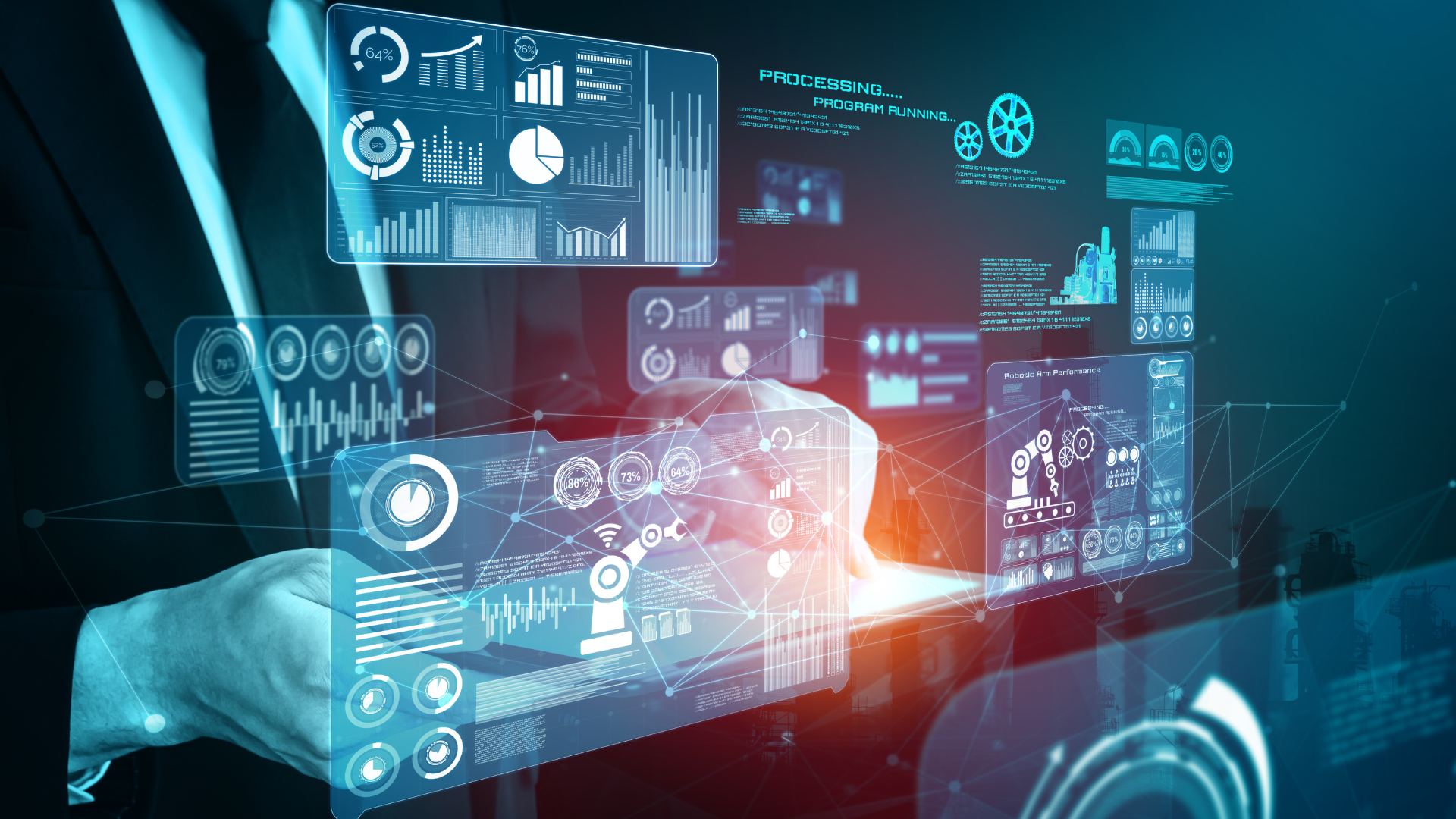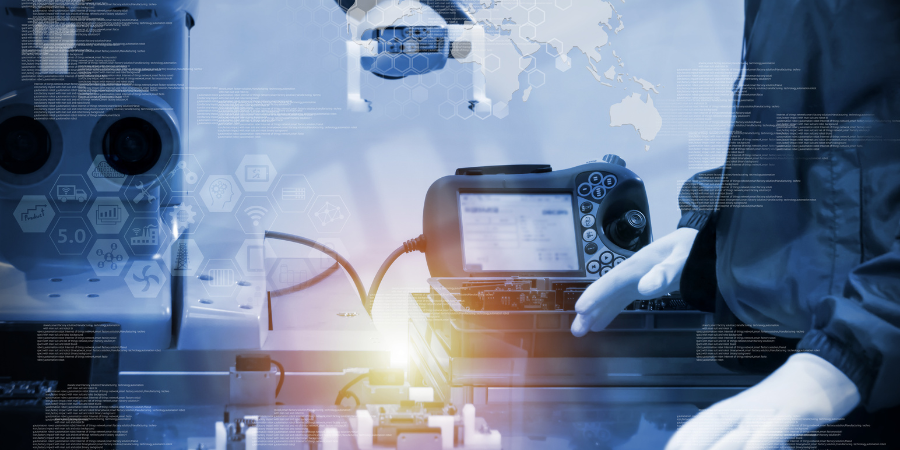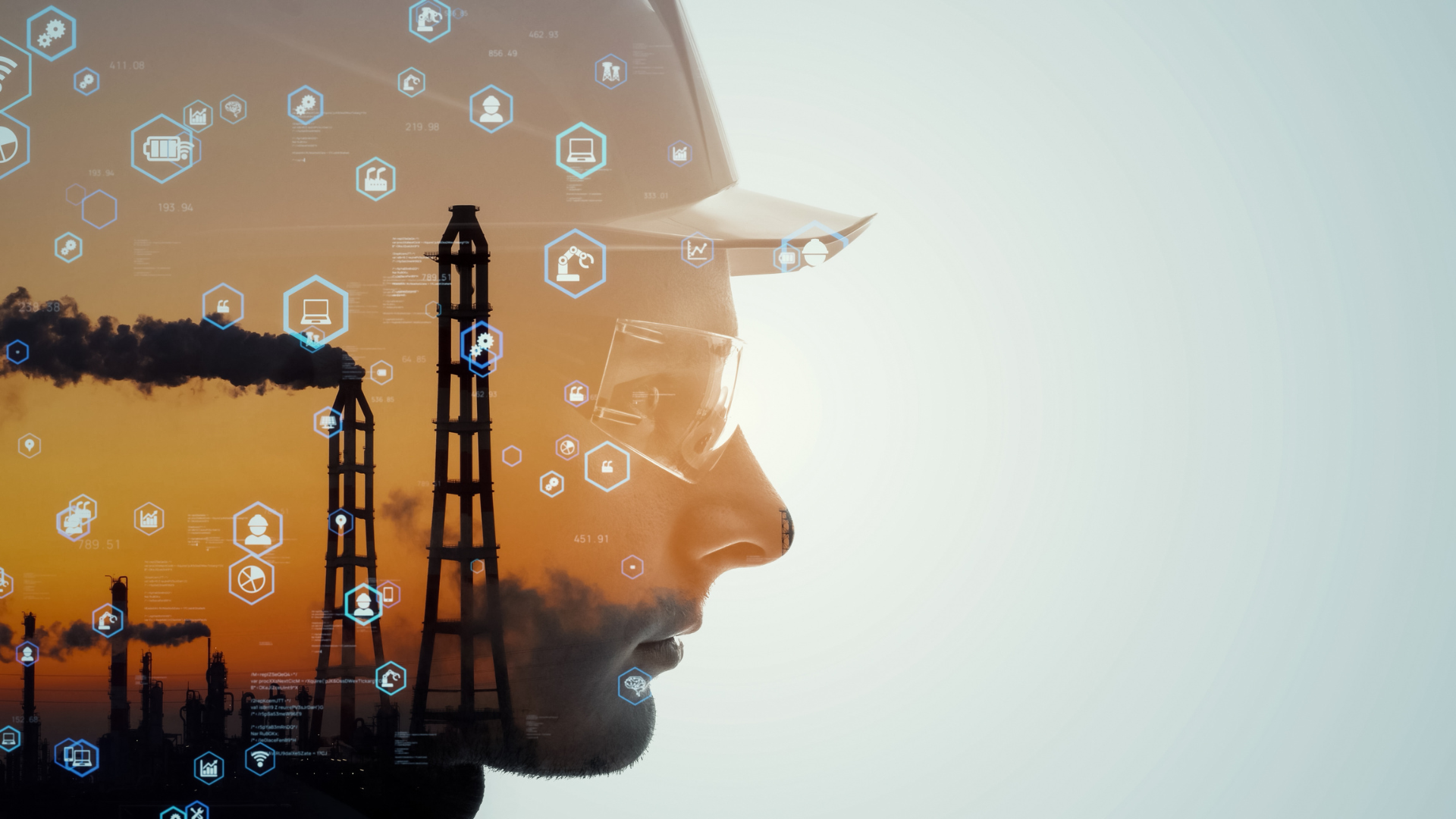What are the Differences Between DCS and SCADA?
What are the Differences Between DCS and SCADA?
So that we can be clear about the concepts and differentiate well what a HMI SCADA System is and its differences with a DCS, we are going to talk about the essential characteristics of a SCADA System and its main functions.
With a single processor (generally) with tasks to manage multiple control functions, with digital communication between processing units, they are used for the administration of “systems” that have a broad nature of expansion over geographic regions. These systems are generally called SCADA, from the acronym Supervisory Control and Data Acquisition.
A typical SCADA system consists of multiple devices such as Remote Terminal Units (Remote Terminal Unit or simply RTU) linked with process transmitters and final control elements, implementing basic control functions such as Start / Stop of motors and PID control loops. These RTU devices communicate digitally with a Master Terminal Unit (MTU) in a central location where operators can monitor the process and send commands.
Programmable Logic Controllers (PLCs) are ideal candidates for use as RTU devices. Modern PLCs have all kinds of I / O, network devices, and control algorithms sufficient to operate as remote terminal units. Generally, the Human-Machine Interface software or HMIs (Human-Machine Interface) allow personal computers or Workstations to collect the values from the RTUs or PLCs, turning each computer into a Master Terminal Unit (MTU), where operators can view the variables of the process, change setpoints, and send any other command to control the process.
A concept very close to SCADA is TELEMETRY, this word literally means «distance measurement». The acronym SCADA contains the word “control”, which implies “two-way” or two ways of communication (measurement and control) between the master location and the remote location. In applications where the information flow is strictly one-way or simple from the remote location to the master location, it could be a Telemetry application or system.
Telemetry systems have a wide application in scientific and environmental research. For example seismographs, river and canal flow measurement, meteorological stations, and other types of measuring instruments are connected (usually by radio links) to some data collection center. Any industrial measurement performed over long distances could be classified as a telemetry system, although you might sometimes find the term “SCADA” applied even if the communication is simple or one-way. Learn more about HMI SCADA.
You might also like



